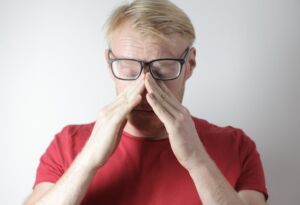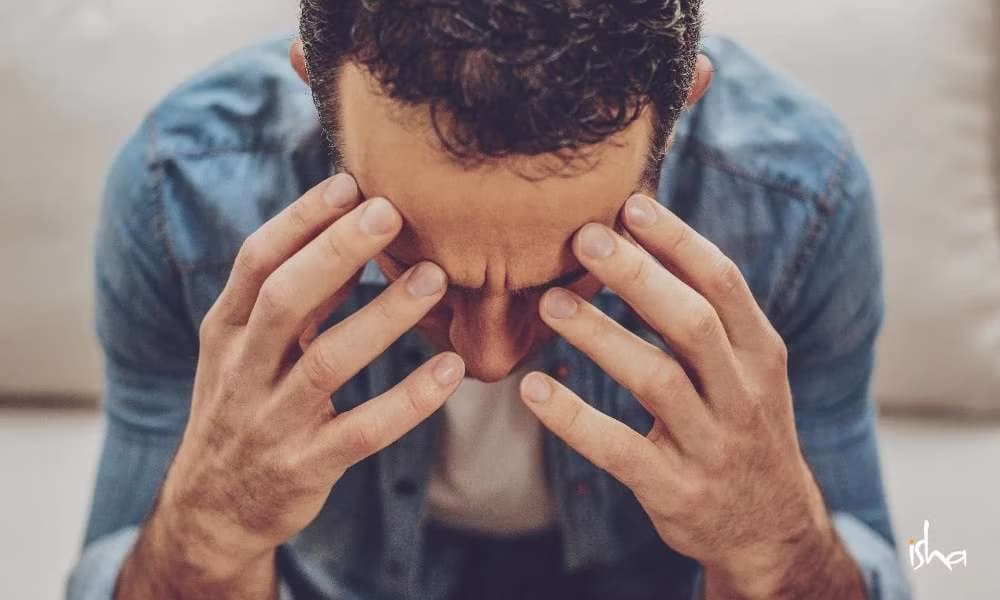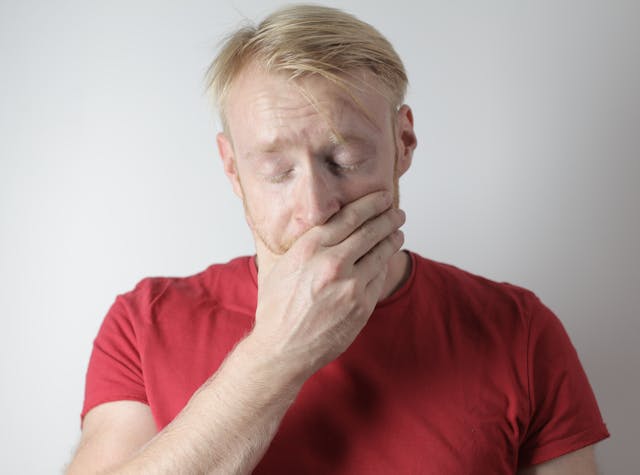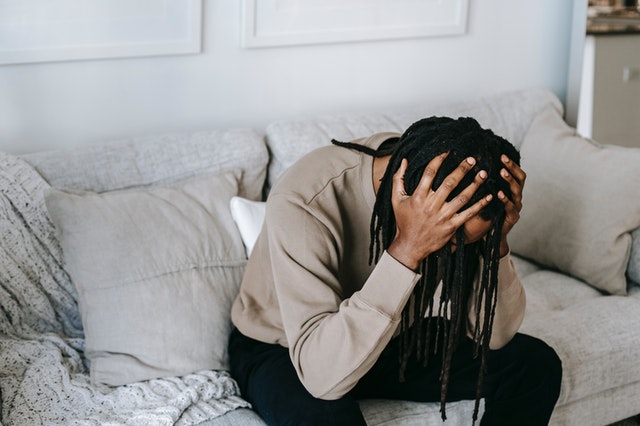As the name implies, obsessive-compulsive disorder (OCD) provokes intrusive obsessions and compulsive responses. These anxious thoughts and the rituals they inspire are ostensibly designed to decrease anxiety. People with OCD perform these actions, they believe to prevent something bad from happening. In reality, the cycle only serves to create more anxiety.
There are many different types of OCD, and one of the most common is called “checking.” It’s a title taken from the primary symptom. People with checking OCD expend a lot of time and effort in checking to make sure they are not causing intentional or unintentional harm. Let’s take a closer look.
Why Does Checking OCD Happen?
To simplify the specifics, checking OCD involves a distrust of your own memory. No matter how certain you are and how many times you’ve already checked, you doubt the evidence of your senses. You feel an urgent need to check to make sure you haven’t set off a dangerous chain of events. Ironically, this compulsion does not lead to greater self-trust. In the moment though, it serves to temporarily reduce anxiety.
The act of checking temporarily reduces the anxiety associated with the obsessions. However, the relief is short-lived and tends to backfire. The compulsive checking cycle tends to perpetuate itself. This is because the more someone checks, the more uncertainty they tend to perceive, and the more they feel compelled to check again. Over time, this viscous cycle can significantly interfere with a person’s daily life and lead to significant distress.
What Triggers the Checking Compulsion?
Generally speaking, it can be summed into three interconnected categories:
- A person with checking OCD firmly believes they must make sure nothing bad happens.
- However, they never feel certain they’ve done enough to fulfill this mission.
- But they are certain something bad will happen if they don’t continue checking.
What “Checking” Looks Like in OCD
Common Obsessions
- “Did I lock the door?”
- “Is my child safe?”
- “Where are my keys, wallet, phone, etc.?”
- “Did I leave the oven/faucet/an appliance on?”
- “Am I acting in a way that could hurt others?”
- “Did I make a mistake?”
- “Am I getting sick/have a serious symptom?”
These are just a few examples, of course, but you get the idea. Checking OCD will embed fears like this and all their variations on a regular basis.
3 Common OCD Checking Themes
Checking OCD takes various forms, and usually involves one of the following three theme :
- Checking for safety: Individuals with OCD may repeatedly check doors, windows, appliances, or other objects to ensure they are locked, turned off, or safe. This checking behavior is often driven by an obsessive fear of harm coming to themselves or others if they don’t perform these checks.
- Checking for contamination: Some people with OCD may repeatedly check their own body or their surroundings for signs of contamination or germs. They may wash their hands excessively or scrutinize items for any perceived contaminants.
- Checking for mistakes: OCD can also involve checking for mistakes or errors. This might include repeatedly reviewing work, documents, or emails to ensure there are no errors or that nothing harmful has occurred.
Common Compulsions
As you might imagine, the compulsions associated with checking OCD involve the need to check — even when it is socially inappropriate. A person may leave an important social event to make sure they didn’t leave their front door unlocked. In addition, their topics of conversation will frequently revolve around such fears. They seek whatever reassurance they can get from others.
A specific cause for checking OCD remains unknown. However, risk factors may involve family history (genetics and lifestyle), environmental events, and a history of trauma.
What Are the Effects of Checking OCD?
In the classic OCD style, the more obsessions and compulsions happen, the stronger the cycle becomes. As you might imagine, this seriously affects one’s ability to function on a daily basis. Even the World Health Organization (WHO) lists OCD in the top ten of debilitating disorders.
So much time and energy is allocated to checking that basic needs are compromised, e.g. work, school, relationships, social life, hygiene, and more. As a result, OCD has been observed to cause thoughts of self-harm and suicide. Obviously, it is essential that you get the help you need and deserve.
Self-Help Suggestions
Managing this disorder begins with you not “owning” it. OCD symptoms are symptoms. And a symptom is not who you are. Checking OCD does not define you. Go out of your way to not internalize the obsessions and compulsions as your self-image. To help create that separation, be conscious to recognize and name any obsession that arises. From there, you have the freedom to change your compulsive rituals. Take longer to check. Change some of the elements. Remove some of the elements. Exposure and response prevention (ERP) helps you take power back — little by little.
To learn more about treatment options, I invite you to reach out to set up a free and confidential consultation for OCD or anxiety treatment.





